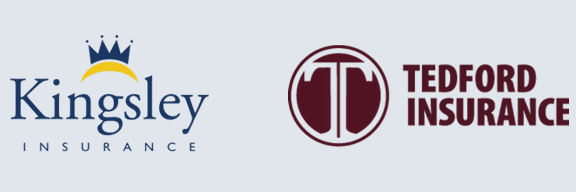A ‘Multi-tiered’ Approach To Protecting Against Commercial Water Damage
KI
Businesses and property owners are facing more commercial water damage challenges as claims increase in frequency and severity.
Insurance professionals believe a multi-faceted approach is needed to address this costly problem. Commercial property owners and businesses can take measures to help reduce their risk of water damage. In fact, Simmons said property owners can use a “three-legged” approach to prepare for, respond to and recover from water damage.
This multi-tiered approach contemplates the following:
Establishing a water damage prevention program
Recognizing how an event before and after the loss is mitigated
Understanding how technology can be used to help reduce risk exposure
What Are the Three Categories of Water Damage?
In addition to the damage that water leaks or intrusion can cause, it can also pose environmental and health risks. There are three categories of water damage according to the Institute of Inspection Cleaning and Restoration Certification (IICRC), which provides standards for water damage restoration in residential, commercial and institutional buildings.1,2
Category 1: Water from a sanitary source that doesn’t pose a substantial risk from touching, inhaling or ingesting.
Category 2: Contains significant contamination and has the potential to cause discomfort or sickness if contacted or consumed.
Category 3: Water that is grossly contaminated and can contain pathogenic, toxigenic or other harmful agents which can cause significant adverse reactions.
Is Water Damage a Big Deal?
Water damage is a big deal because it has the potential to cause significant losses. There are direct and indirect costs associated with water damage. This is similar to the “iceberg theory” for accidents.
“When you think of water damage, it’s easy to look at the immediate damage caused, which can affect equipment, walls, ceilings and floors. Those are the things from the iceberg that you can see,” Simmons explained. “But there’s also the impact to the business. From lost production, losing revenue and even customers, it’s not just an insurance risk. It’s a business risk. That’s all the stuff under the surface of the iceberg.”
“In these situations, businesses go through a period of restoration where things are getting fixed and repaired. The extended period of indemnity is the time you believe it would take your business to become 100% and back to pre-loss revenue.”
What Are the Most Common Causes of Water Damage?
Commercial buildings are not always occupied, which can lead to water damage going unnoticed for longer periods of time. Simmons added that the COVID-19 pandemic added another layer of complexity to the issue. It’s not uncommon for buildings to be empty or have lower occupancy a few days a week. This can increase a property owner’s risk exposure.
“When buildings were occupied all the time, it was easier for someone to notice an issue, like an overflowing toilet,” he explained. “But now, you may not have someone in the area to notice that overflowing toilet. And it can continue to overflow for hours or even days.”
How Can You Stay Protected Against Commercial Water Damage?
Create a Water Damage Prevention Plan
The first line of defense for commercial water damage is a Water Damage Prevention Plan (WDPP), Simmons said. If a business or property owner doesn’t have a WDPP yet, it’s not too late to create one.
To help prevent real estate water damage, some of the areas a WDPP should address include:
Outlining pre- and post-event job responsibilities
Identifying water intrusion prevention and control measures
Establishing post-event restoration and recovery strategies
Identifying and establishing pre-event contracts with repair and remediation contractors
Transferring risk contractually to responsible parties
Train Your Employees To Respond To Water Damage
If an employee notices a leak, water intrusion or damage, they need to know how to address it.
“It may not seem like a difficult problem to address, but people in your building are the first line of defense. They have to have the knowledge of where to go and how to address it,” Simmons said.
Using Technology and IoT To Reduce Water Damage Risks

IoT devices, also known as the Internet of Things or connected devices, are becoming more popular among property owners and businesses to reduce their risks for water damage. More specifically, water sensors can help alert property owners to leaks, discharge or the presence of water.
A recent claim shows the benefit of technology by giving the insured the ability to catch a problem early and address the issue. This proactive control ensured that a minor nuisance claim did not escalate into a major claim.
“It’s paid some real dividends,” he said of the use of IoT devices. “It showed us that if you make some investments on the front end, you can possibly save money on the backend if there’s a claim.”
An Essential Need To Protect Against Commercial Water Damage
Businesses and property owners need to manage their risks because the frequency of water damage claims is increasing. But because of the impacts that water damage can have on a business, Simmons said it’s not just a good idea, but essential to protect against commercial water damage.
“It’s not just about your risk in terms of total cost of risk and insurance,” he explained. “What’s your risk as a business to water damage? You can lose production. You can lose revenue. You can lose customers.”
